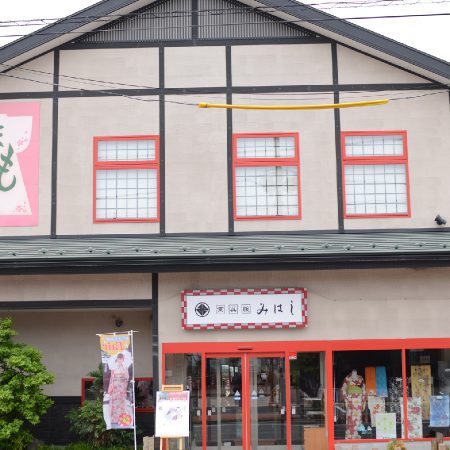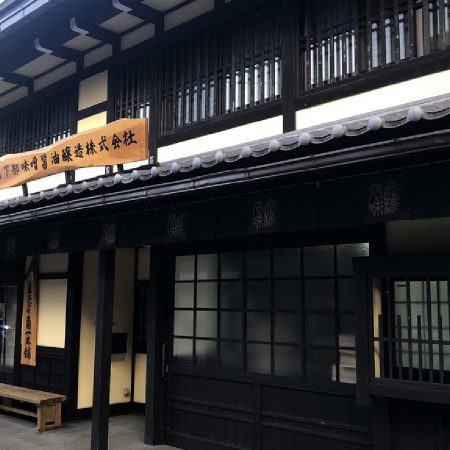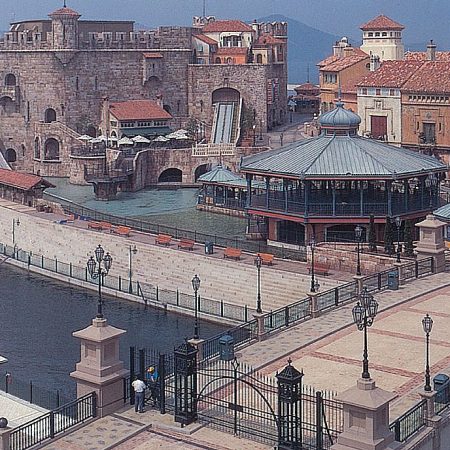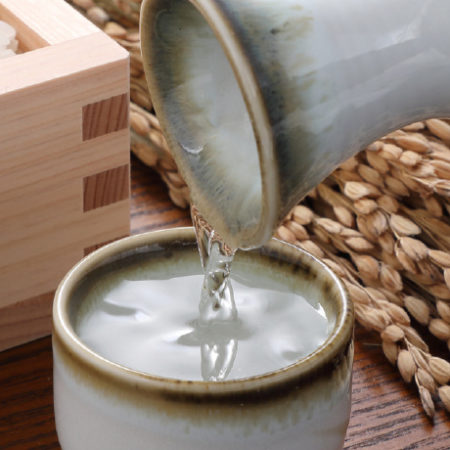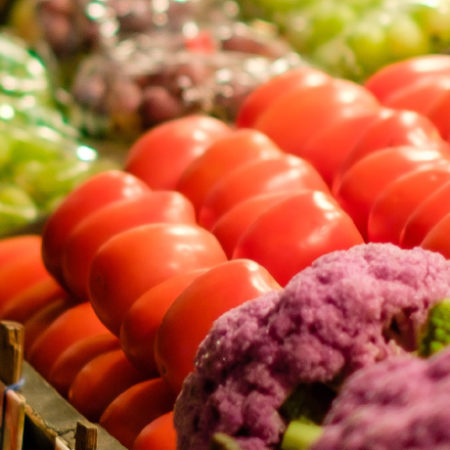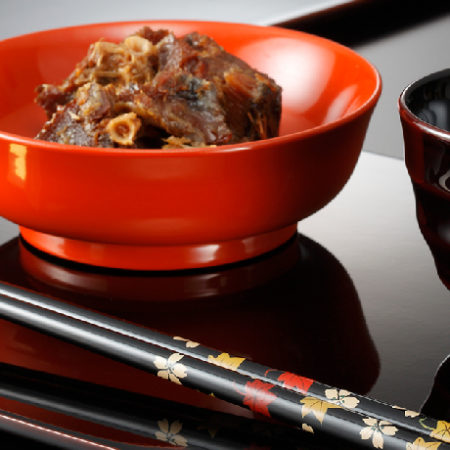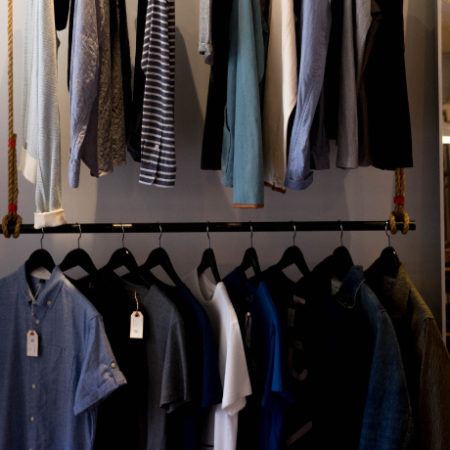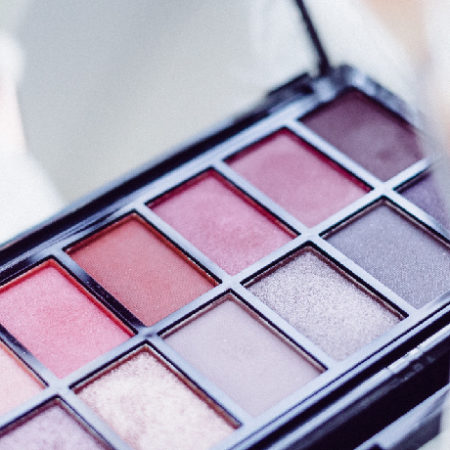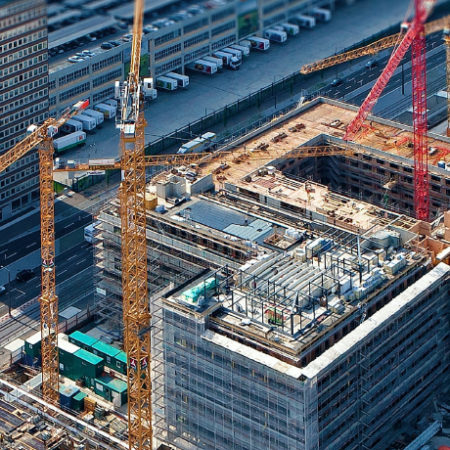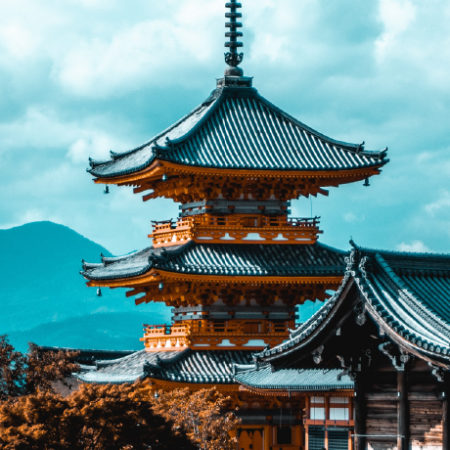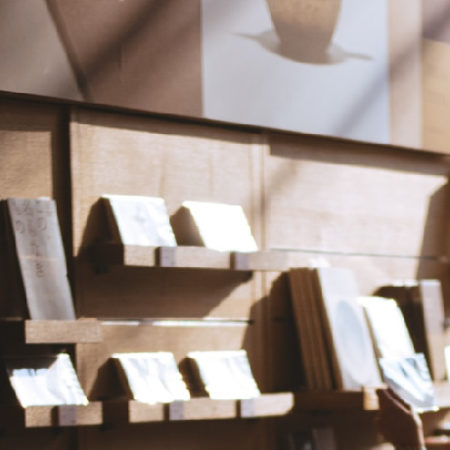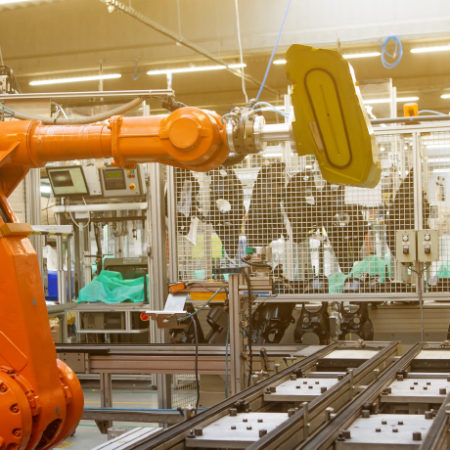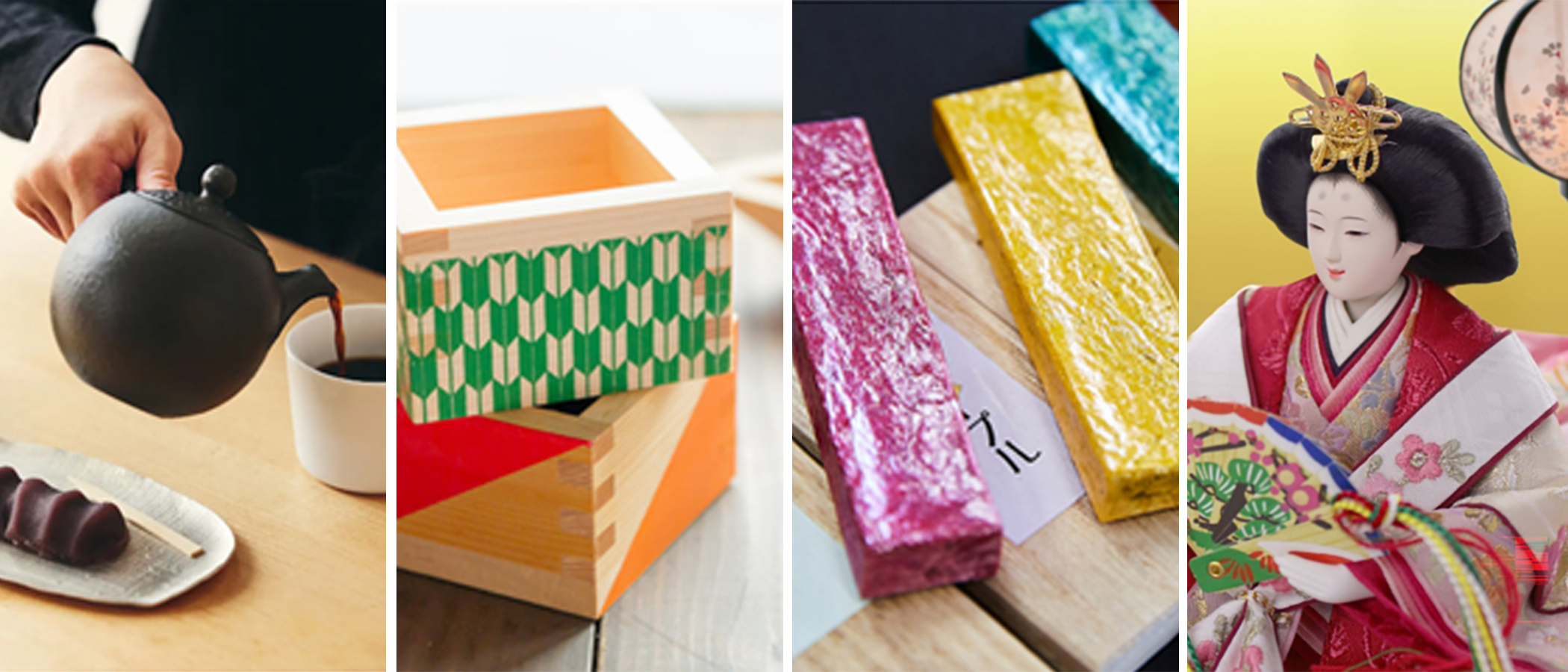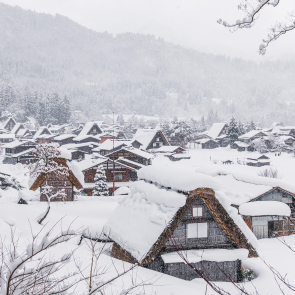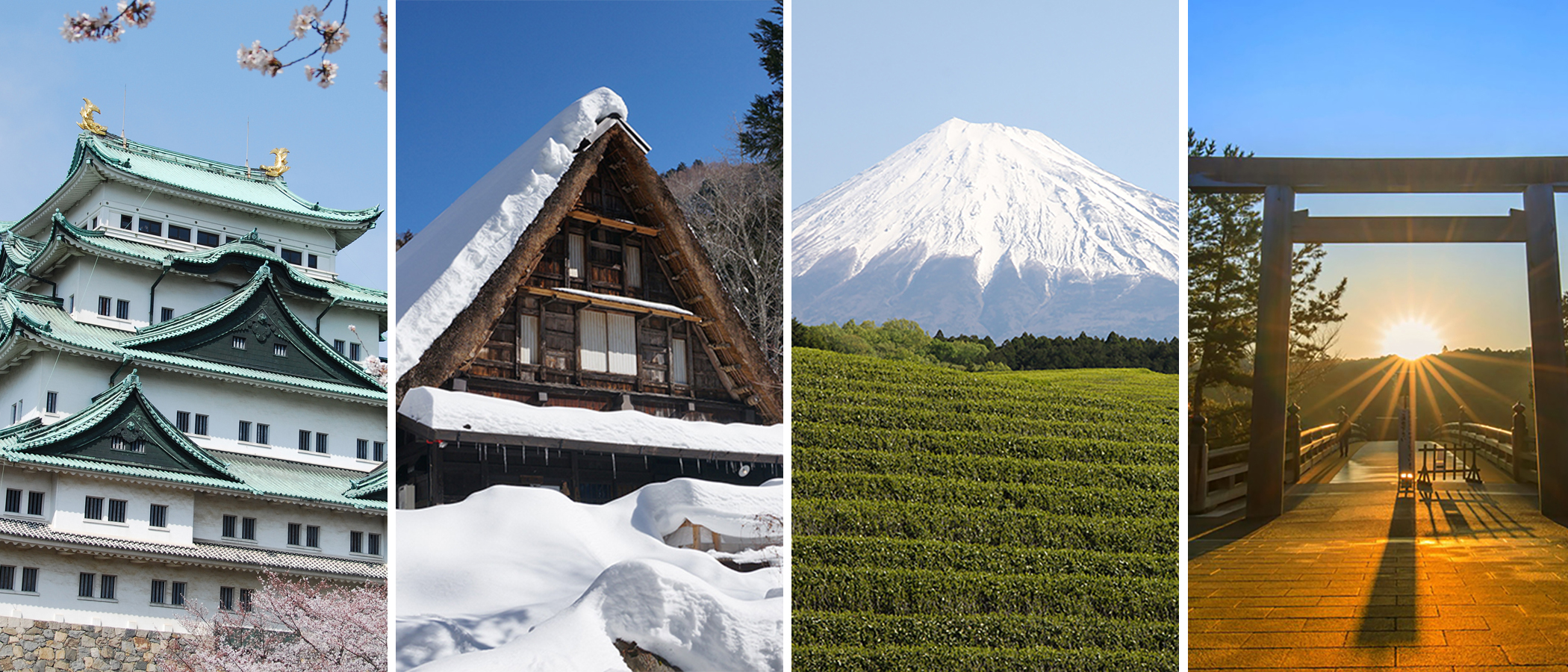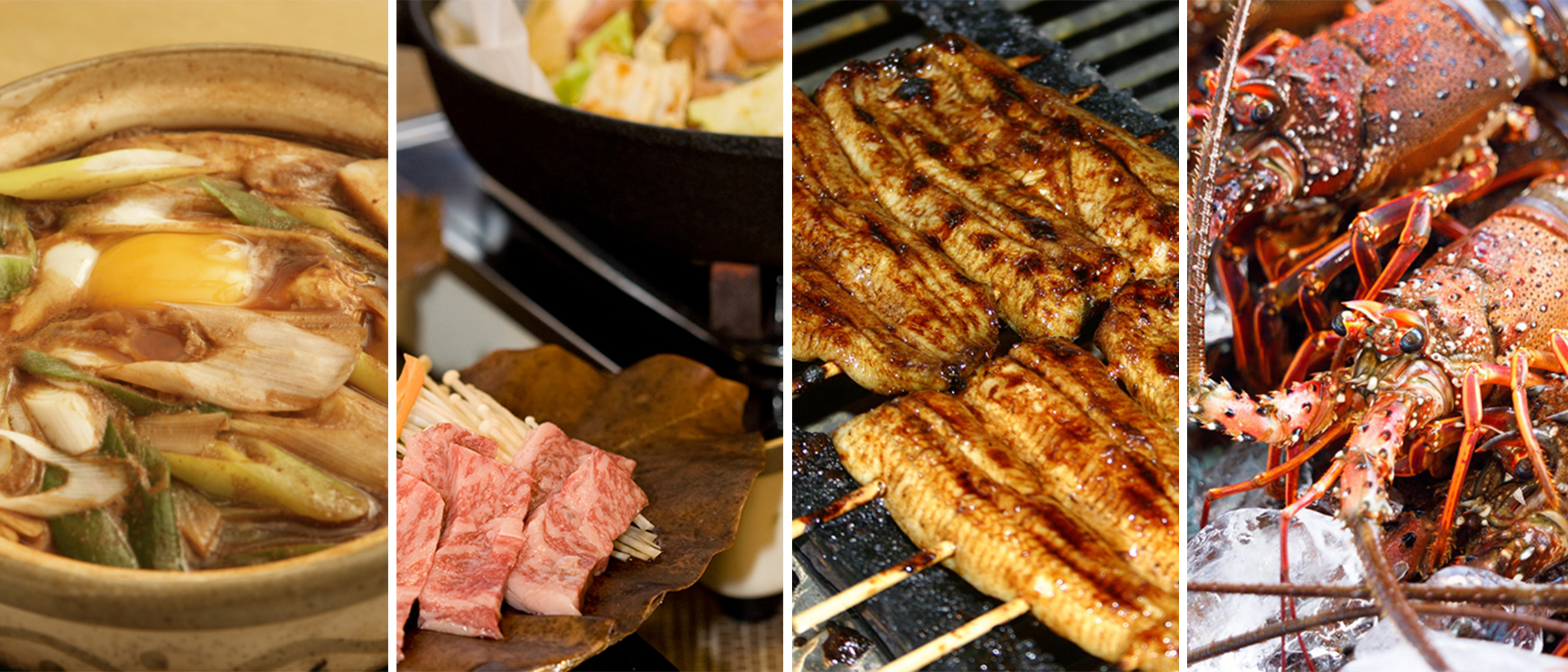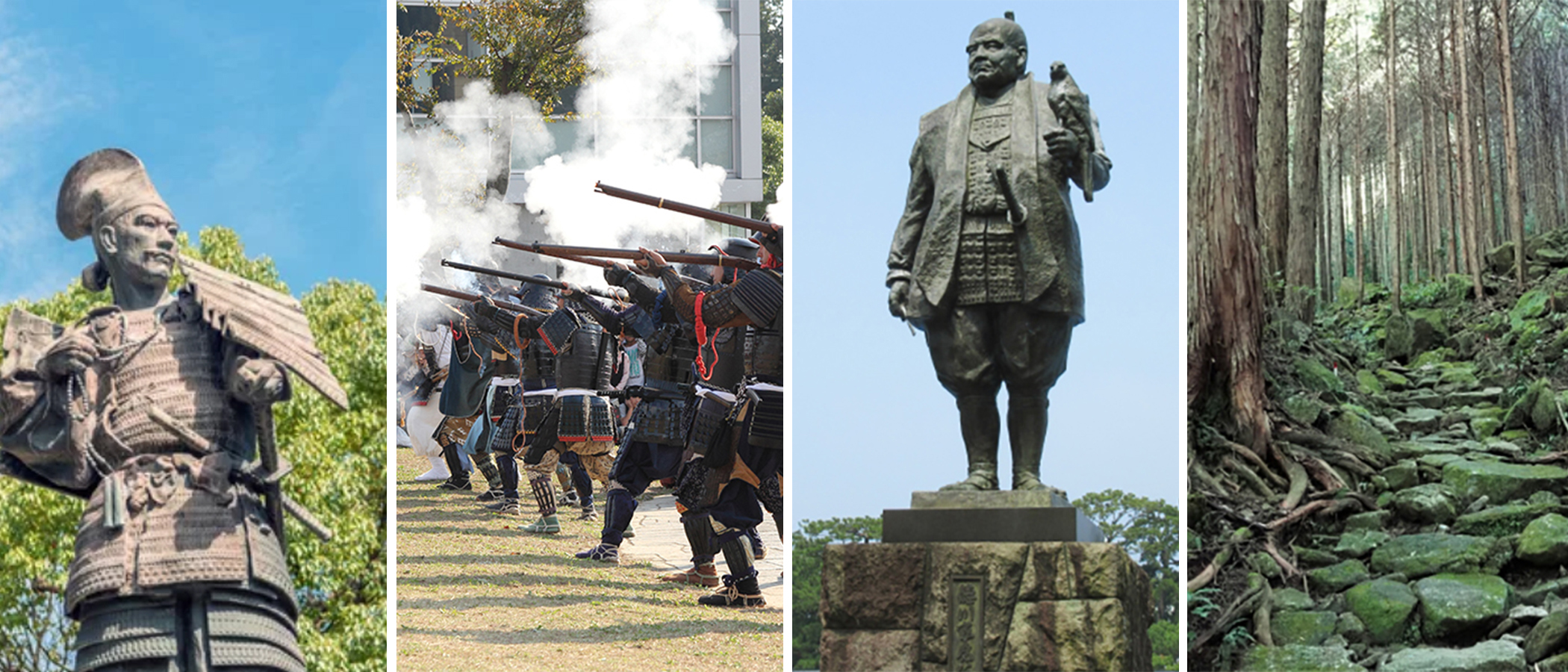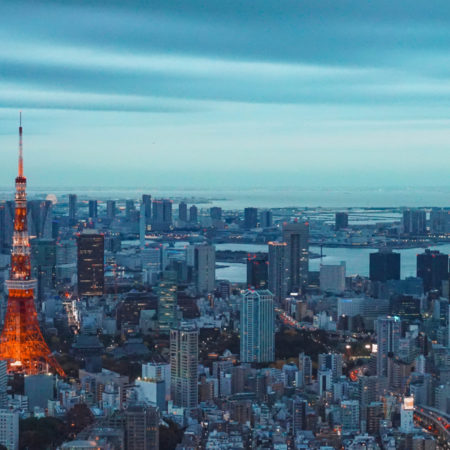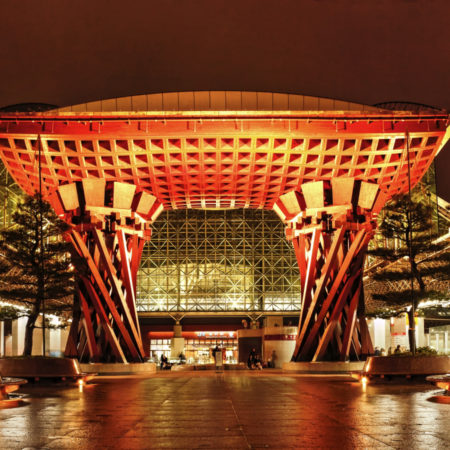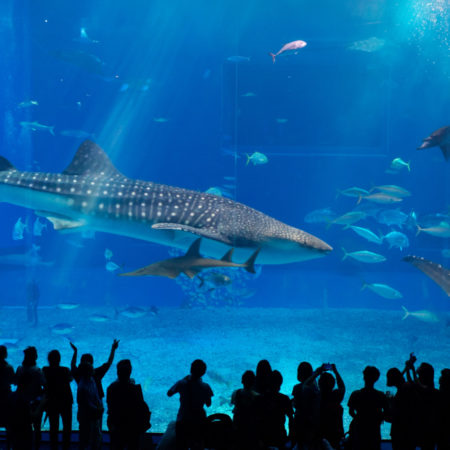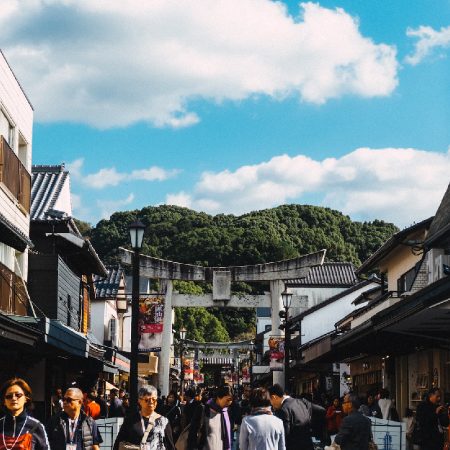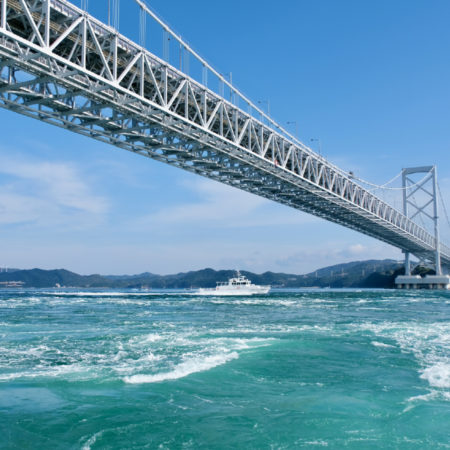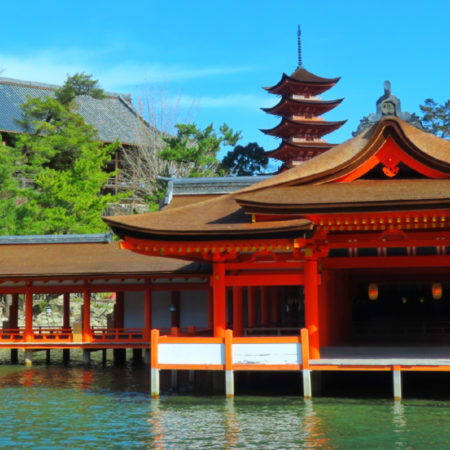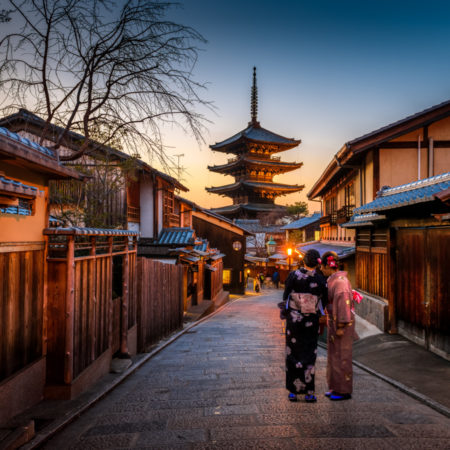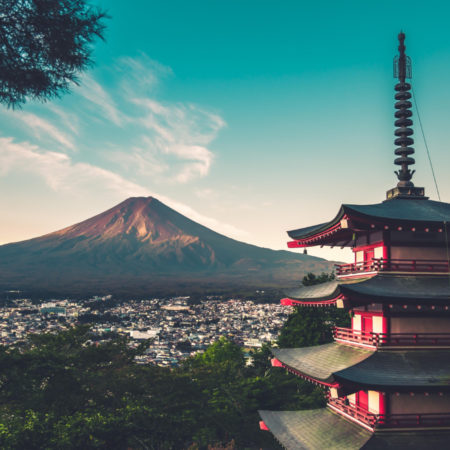Mie prefecture:Mie, where beautiful sea, mountains and cultural heritage are interwoven
Mie Prefecture is characterized by its historical and cultural heritage as well as its beautiful coastline and mountains. Ise Jingu Shrine, one of the most important Shinto shrines in Japan, attracts many worshippers and tourists, along with Okage Yokocho. Visitors can also enjoy the diverse scenery of the rias coastline in the Toba and Shima regions and the Kumano Kodo, a World Heritage Site that is one of the rarest roads in the world. The culinary culture is also rich, with a variety of local cuisine and specialties such as Ise udon, Ise lobster, and Matsusaka beef.
Shizuoka prefecture:Shizuoka Prefecture is filled with various attractions
Fuji, Shizuoka Prefecture is famous for its green tea, but it is also rich in seafood from Suruga Bay, such as sakura shrimp and sea bream, and agricultural products such as wasabi and mandarin oranges. It is also known for its deep historical background and as the birthplace of Tokugawa Ieyasu, a military commander in the Warring States period. There are also many hot spring resorts, and tourist destinations such as Atami, Ito, and Shimoda are popular. Hamamatsu City, which is home to Lake Hamana, is also known for its eels and is a popular tourist destination with its sightseeing boats and recreational facilities.
Gifu prefecture:In fact, everyone knows the charm of Gifu Prefecture.
Located in the mountainous region of the Chubu region, Gifu Prefecture is rich in beautiful nature and historical culture. Hida Takayama is famous for its traditional architecture and Gassho-zukuri houses, and there are also many historical sites such as Gifu Castle and the Sekigahara battlefield. Delicious foods such as meat and vegetables, the Nagara River where the tradition of cormorant fishing, a traditional fishing method, is deeply rooted, hot spring resorts, and traditional crafts are scattered throughout the prefecture, offering a wide variety of attractions.
Aichi prefecture:Aichi Prefecture, a historical and industrial center
Aichi Prefecture is located in the Chubu region of Japan and is unique in many aspects, including industry, history, and culture. In terms of industry, it is one of Japan's industrial centers, with many automobile-related companies centered in Nagoya City. Historically, Nagoya is a place where famous generals such as Nobunaga Oda and Ieyasu Tokugawa played active roles, and its historical buildings such as Nagoya Castle are also an attraction. In terms of culture, the skill and beauty of traditional crafts are highly regarded both in Japan and abroad, and the city also has a unique food culture that attracts many tourists.
